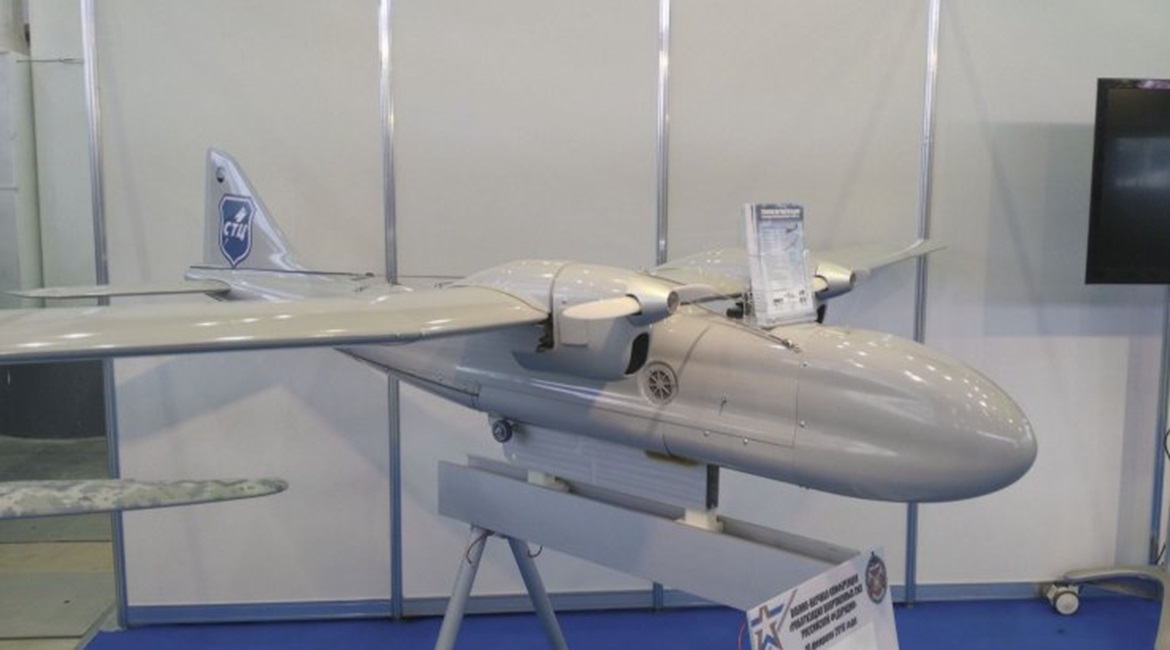
Russia, considered a pioneer in the development of manned aircraft, has turned to the development and deployment of advanced unmanned aerial systems (UASs). Moscow is attempting to improve its military and border security effectiveness, including electronic warfare (EW) capabilities and security at surface-to-air missile (SAM) sites, by deploying unmanned aerial vehicles (UAVs) to various locations around the country.
The need to accelerate the deployment of UASs became apparent following attacks in Syria on Humaymim Air Base and the Russian naval facilities in Tartus by Islamist rebels in January 2018.
Russia previously deployed the Reis reconnaissance UAS, which was developed by the Tupolev design bureau in the late 1960s to replace the earlier TBR-1 (La-17R) tactical reconnaissance UAV that had been in service since the early 1960s. However, these systems are now obsolete and Moscow is using its vast military-industrial base to ramp up production of new platforms.
The global UAV market is largely dominated by China and the United States, with Russia well behind in maturity, research, and development. The country currently deploys several conventional surveillance and reconnaissance UAVs that have been procured domestically and internationally, although there are several programmes still in the research and testing phase. Russia is reportedly currently testing the Sukhoi S-70 Okhotnik (Hunter) high-altitude long-endurance (HALE) unmanned aerial combat vehicle (UCAV), the Orion-2 medium-altitude long-endurance (MALE) UAV, and the Altius-M MALE UAV.
Already a Janes subscriber? Read the full article via the Client Login
Interested in subscribing, see What we do
Looking to read the full article?
Gain unlimited access to Janes news and more...




